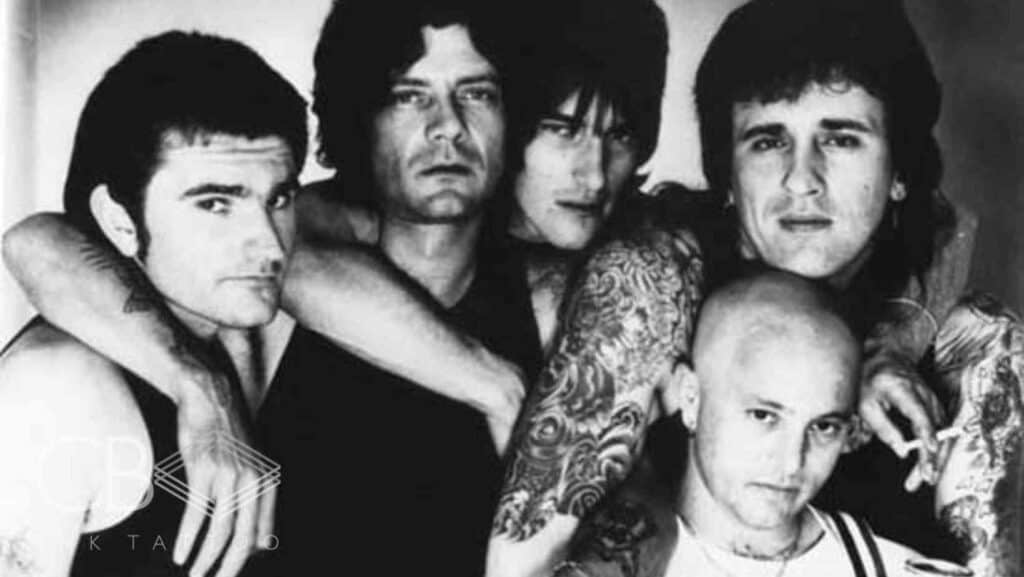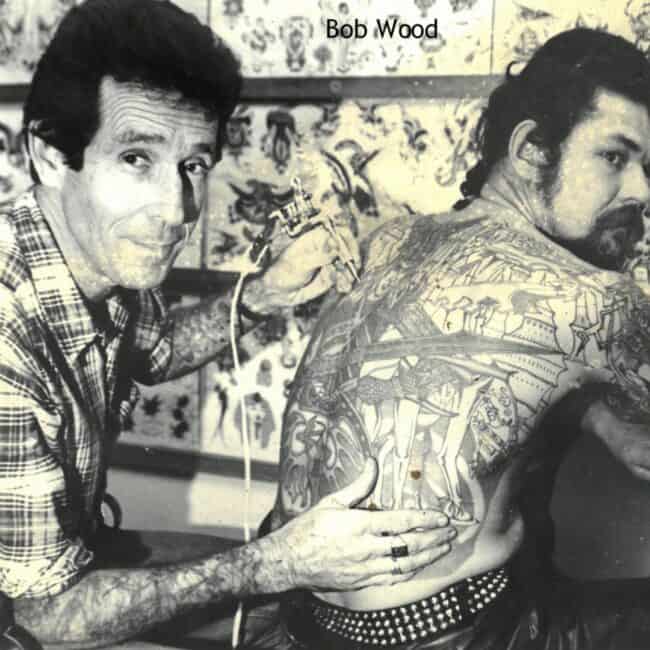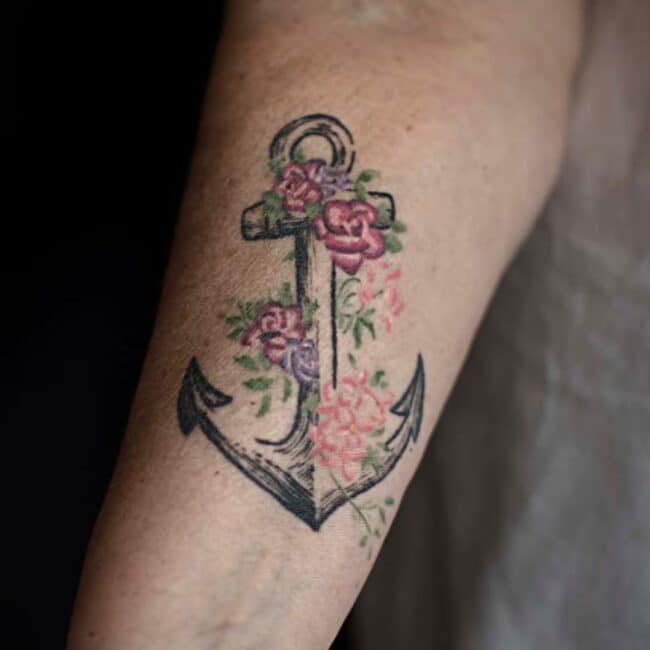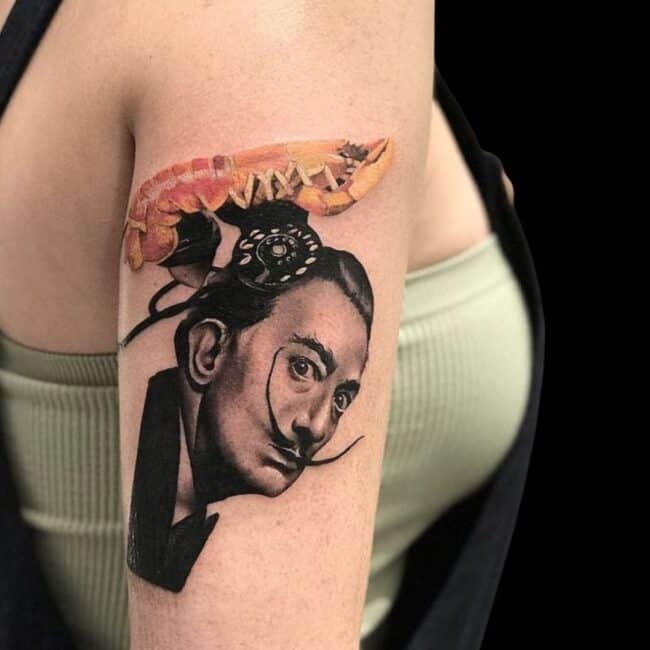How Tattooing Became Mainstream: From Rebellion to Everyday Art

History of Tat : How Tattooing Became Mainstream
If you told someone in the early 20th century that tattoos would one day be celebrated by everyone from professional athletes to CEOs, they’d probably laugh. Back then, tattoos were niche—adornments for sailors, soldiers, carnival performers, and rebels. But how did ink go from counterculture to commonplace? The journey of tattooing, particularly in Australia, is as rich and colourful as the tattoos themselves. Let’s dive into the story of how tattoos moved from the margins of society to the mainstream.
Early 20th Century: Tattoos as a Fringe Art Form
In the early 1900s, tattoos were synonymous with life on the fringes—sailors, sideshow performers, and blue-collar workers. Artists like New York’s Charlie Wagner helped establish the craft as a legitimate trade, with rudimentary tattoo machines and iconic designs. Meanwhile, across the Pacific in Australia, tattooing began to gain traction, though it remained closely tied to sailors passing through ports like Sydney.
Tattooing at this time wasn’t about art—it was about identity. Sailors inked themselves to commemorate voyages or express pride in their service. Carnival performers, like heavily tattooed women, made their bodies a spectacle. These women, including Australia’s own Cindy Ray (real name Bev Robinson), were pioneers. Cindy was both a tattoo artist and one of Australia’s most famous tattooed celebrities during the 1950s and 60s. Her pin-up beauty and bold tattoos turned heads and challenged the era’s conservative norms. She became a cultural icon, paving the way for women in the tattoo industry.
Mid-Century: The Rise of Australian Tattoo Legends

By the mid-20th century, tattooing in Australia began to find its footing as a local art form. Bob Wood, a skilled artist who designed tattoo flash for East Hills Studio, was one of the standouts of the time. The studio was one of only two tattoo shops in Sydney, a rarity when tattoos were still seen as subversive. Wood’s designs, bold and timeless, helped shape the look of Australian tattoos in the post-war era.
At this time, tattoos were closely tied to the military and biker communities. Tattoos served as badges of identity for servicemen returning from World War II, inspired by American icons like Sailor Jerry, whose work combined traditional nautical designs with bold colours. For bikers, tattoos were marks of rebellion—a visible way to push back against societal norms.
The Counterculture Movement: Rebellion Through Ink
In the 1960s and 70s, tattoos began to intersect with countercultural movements. As Australian society became more influenced by global trends, tattoos found their place among bikers, punks, and hippies. Tattoos were no longer just for servicemen or carnies—they became symbols of resistance against the establishment.
This period also saw the rise of homemade tattoos and underground tattoo parlours. Tattoo artists often worked out of their homes, with little regulation but a lot of creativity. The designs were raw, rebellious, and deeply personal.
The 80s and 90s: Tattoos Start to Go Mainstream

The 1980s marked the beginning of tattoos’ shift toward the mainstream. In Australia, tattooing began to shed some of its rough reputation, thanks to better equipment and a growing appreciation for the artistry involved. By the 90s, middle-class Australians were embracing tattoos—not as rebellion, but as self-expression.
Flash art dominated the scene, with bold tribal patterns, Chinese characters, and barbed wire designs becoming immensely popular. Women also started to embrace tattoos in greater numbers, though small, discreet designs like ankle butterflies or lower back tattoos (“tramp stamps”) were the norm.
Celebrities like Angelina Jolie and Pamela Anderson were tattoo trailblazers, making ink visible and aspirational for women. Meanwhile, men embraced tattoos as symbols of masculinity and personal milestones—biceps, shoulders, and calves were common placements.
The 2000s: Tattoos Hit the Big Time
The 2000s were a tipping point for tattoos. Influenced by global pop culture, Australians began to view tattoos as wearable art. Television shows like Miami Ink and LA Ink brought tattooing into the living room, demystifying the process and highlighting the skill of tattoo artists.
This period also saw the rise of sleeve tattoos, popularized by athletes like David Beckham, whose ink became as iconic as his football career. Full sleeves, chest pieces, and intricate back tattoos became mainstream. Tattoos were no longer limited to small, hidden designs—they became bold statements of individuality.
Social media further fueled tattooing’s rise. Platforms like Instagram gave Australian tattoo artists a global stage, showcasing their work and helping to build a thriving tattoo culture across the country.
Today: Tattoos as Art, Identity, and Expression

Today, tattoos are everywhere. From minimalist fine line art to bold neo traditional designs, tattoos reflect the diversity of the people who wear them. Australian tattoo artists, drawing on influences from global styles and indigenous traditions, have become some of the most sought-after in the world.
Tattoos have also become a deeply personal form of expression. For many, they represent milestones, memories, or simply a love of art. The stigma around tattoos has largely faded; they’re now celebrated in workplaces, fashion, and beyond.
Australia’s Role in Tattooing’s Evolution
Australia’s tattoo history is a testament to the art form’s resilience and adaptability. From the bold flash art of Bob Wood to the trailblazing visibility of Cindy Ray, Australian tattooing has always been a mix of rebellion and creativity. Today, Australia is home to a vibrant tattoo culture, with artists pushing the boundaries of what tattoos can be.
From Fringe to Everyday Art

Tattoos have come a long way since the early 20th century. What began as a niche art form tied to sailors and sideshow performers is now a global phenomenon. Tattoos are no longer just for bikers or rebels—they’re for anyone who wants to wear their story, their art, or their identity on their skin.
And while society’s acceptance of tattoos has grown, one thing remains constant: tattoos are deeply personal. Whether it’s a small heart, a bold sleeve, or a tribute to loved ones, tattoos are a way to carry a piece of art, and a piece of yourself, wherever you go.
Book Your Tattoo Today!
CB Ink is home to some of Brisbane’s most talented realism tattoo artists, each of whom has years of experience.
If you’re ready to get your next tattoo, book an appointment today!
If you still have some questions or concerns, feel free to send us a message and we’ll be glad to help!